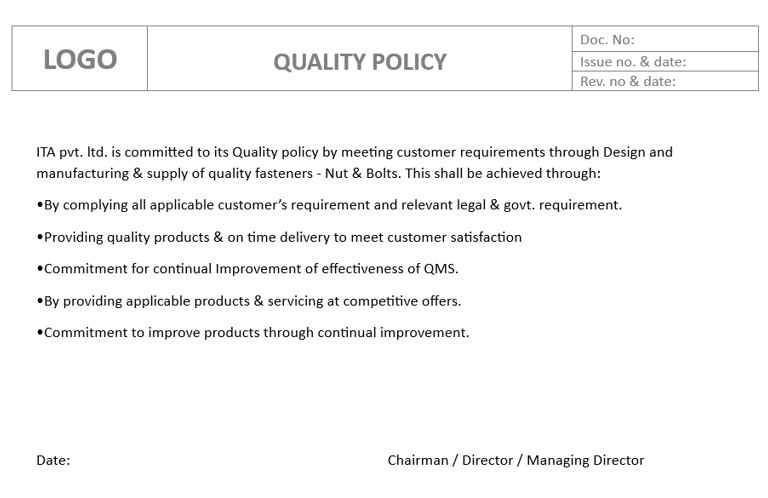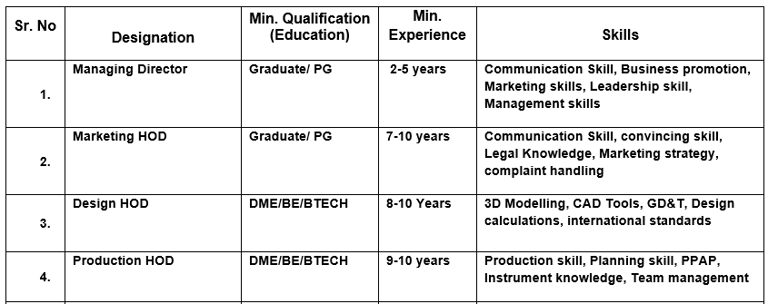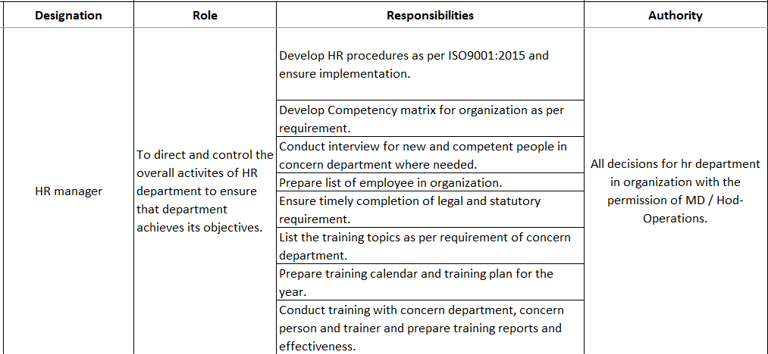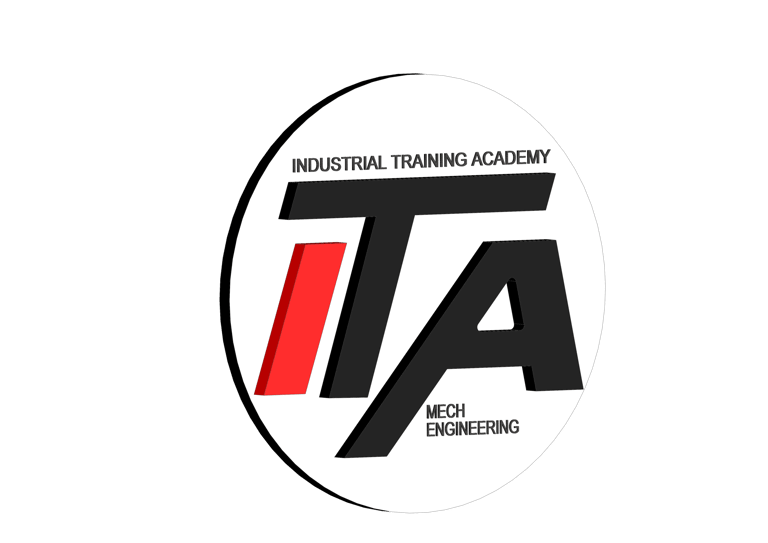Introduction
In this blog you will learn about ISO 9001 2015 Clause 5 I Leadership I Quality Policy I Roles, Responsibilities and Authorities. Role of top management is very critical in establishing and implementing of Quality management system. For a stringent and smooth working of quality management system, engagement and commitment of top management plays an important role. Every organization shall have documented Quality policy and must be communicated to all stakeholders. Every organization shall need to define roles, responsibilities and authority throughout the organization. Let's embark on a comprehensive exploration of these clauses to unravel their significance and implications for organizations striving for quality excellence.
Clause 5.1: Leadership and Commitment
Effective leadership is the cornerstone of any successful endeavor, and in the context of ISO 9001:2015, Clause 5.1 emphasizes the critical role of top management in driving QMS implementation. At its essence, this clause mandates that top management demonstrate leadership and commitment by actively engaging in and promoting the QMS throughout the organization.
Under Clause 5.1, top management is tasked with establishing quality policy and objectives that align with the organization's strategic direction. This policy serves as a guiding principle, outlining the organization's commitment to meeting customer requirements, complying with applicable regulations, and continually improving its processes.
Furthermore, top management is responsible for ensuring that the quality policy is communicated, understood, and implemented at all levels of the organization. This necessitates the establishment of clear channels of communication, dissemination of information, and provision of necessary resources to support QMS implementation.
Additionally, Clause 5.1 underscores the importance of top management's active involvement in QMS activities, including conducting regular reviews to assess the system's effectiveness, identifying areas for improvement, and initiating corrective actions when necessary. By demonstrating visible leadership and unwavering commitment to quality, top management sets the tone for organizational culture and fosters a mindset of continual improvement and excellence.
Clause 5.2: Quality Policy
Building upon the foundation laid by Clause 5.1, Clause 5.2 delves deeper into the establishment and communication of the quality policy. At its core, the quality policy serves as a declaration of the organization's commitment to quality and customer satisfaction, encapsulating its overarching goals and objectives related to the QMS.
According to Clause 5.2, the quality policy must be documented, implemented, maintained, and communicated to all relevant stakeholders within the organization. It should be readily available and accessible to employees at all levels, ensuring a shared understanding of the organization's quality objectives and expectations.
A robust quality policy should be concise, yet comprehensive, reflecting the organization's core values, commitment to compliance, and dedication to continual improvement. It should be reviewed periodically to ensure its relevance and alignment with the organization's strategic direction, with any necessary revisions communicated promptly to all stakeholders.
Furthermore, Clause 5.2 emphasizes the importance of integrating the quality policy into the organization's day-to-day operations, with top management leading by example and fostering a culture that prioritizes quality in all activities. By aligning actions with the principles outlined in the quality policy, organizations can cultivate a sense of purpose and unity, driving towards common goals and objectives.
Sample Format Below
Clause 5.3: Organizational Roles, Responsibilities, and Authorities
Effective delegation and delineation of roles, responsibilities, and authorities are essential for the smooth functioning of any organization, and Clause 5.3 of ISO 9001:2015 addresses this fundamental aspect within the context of a QMS. This clause emphasizes the importance of defining and communicating roles, responsibilities, and authorities throughout the organization to ensure clarity, accountability, and effective decision-making.
Under Clause 5.3, organizations are required to establish a framework that clearly defines the roles, responsibilities, and authorities of personnel at all levels, ensuring that everyone understands their contributions to the QMS and their accountability for its performance. This includes identifying key personnel responsible for overseeing QMS processes, implementing corrective actions, and driving continual improvement initiatives.
Moreover, Clause 5.3 underscores the importance of providing adequate training and resources to personnel to enable them to fulfill their roles effectively. By investing in employee development and empowerment, organizations can enhance competency levels, boost morale, and foster a culture of ownership and accountability.
Additionally, Clause 5.3 highlights the need for regular reviews and updates to ensure that roles, responsibilities, and authorities remain relevant and aligned with organizational objectives and changes in the business environment. By maintaining agility and adaptability in assigning roles and responsibilities, organizations can respond effectively to evolving challenges and opportunities.
Sample Format below
Conclusion:
Clauses 5.1, 5.2, and 5.3 of ISO 9001:2015 constitute the bedrock of a robust quality management system, laying the groundwork for effective leadership, clear communication, and defined roles and responsibilities within an organization. By adhering to the principles outlined in these clauses, organizations can cultivate a culture of quality excellence, driving continual improvement, and ultimately, enhancing customer satisfaction and organizational performance. As organizations navigate the complexities of modern business environments, embracing the principles embodied in these clauses can serve as a guiding light, leading them towards sustainable success in an ever-changing landscape.






